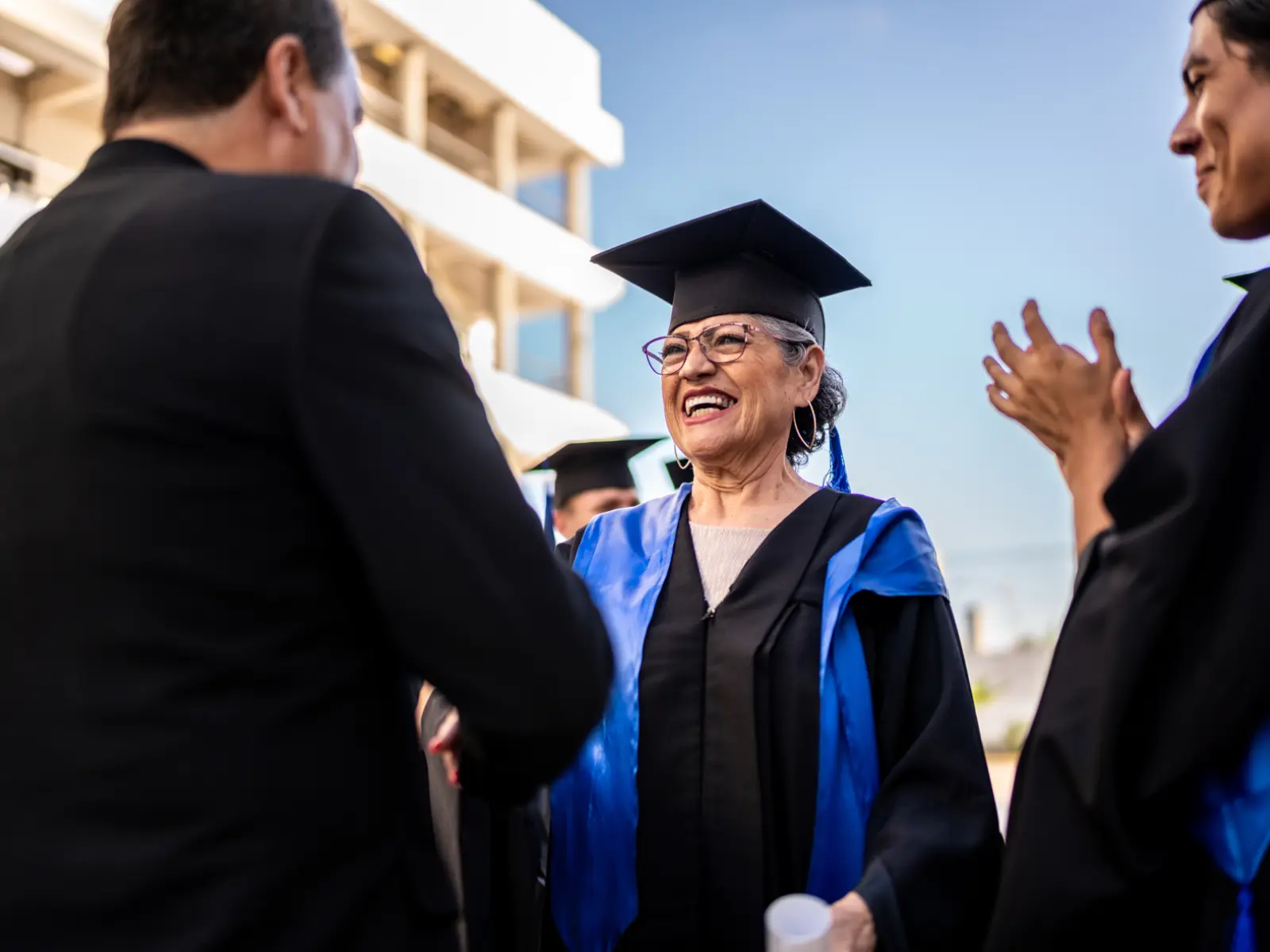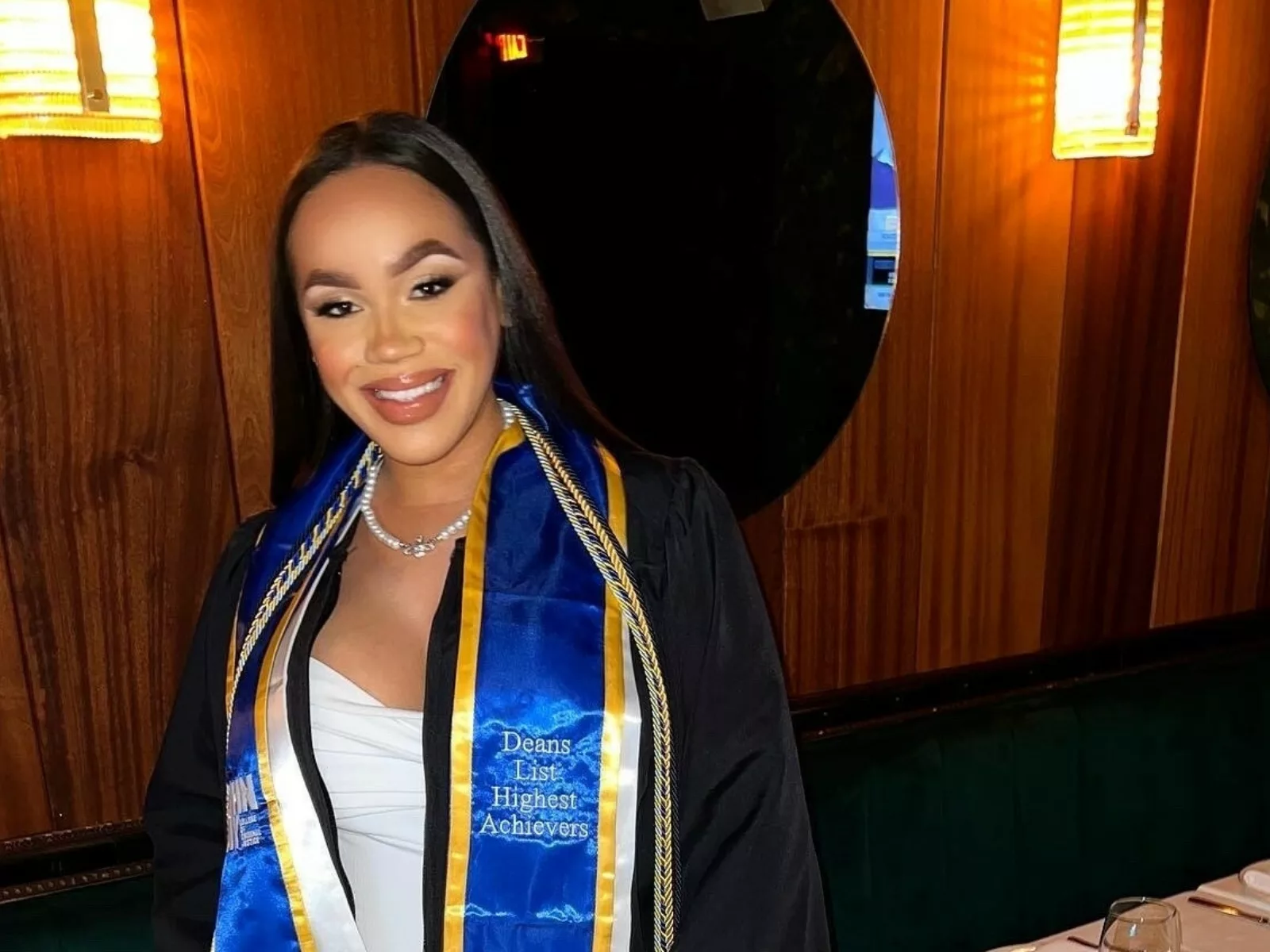This has been a remarkable two years for rigorous evaluations of college completion and student success programs. Randomized controlled trials (RCTs) are identifying programs that produce demonstrable positive effects on student success, college completion, and/or workforce outcomes like earnings and employment. Now, with funding set aside in the Build Back Better Act specifically for evidence-based college completion programs, the potential for federal support is greater than ever.
Nearly one in seven adults between the ages of 25 and 64 have taken some college courses but not completed a degree, and Black adults are disproportionately likely to have some college education but no degree, according to The Institute for College Access and Success.
Overall, roughly 63% of students who began seeking a bachelor’s degree at a four-year institution in 2013 completed that degree at the same institution within six years, according to the National Center for Education Statistics.
“The reality is, if four-year institutions were high schools, according to federal law, then they would be considered dropout factories,” said Kelly McManus, director of Higher Education at Arnold Ventures. “What higher education federal policy has always focused on is increasing access — Pell Grants, student loans, and other programs are designed to get students in the door. What we don’t have yet is a culture of completion.”
However, with the RCT results of these college success and workforce training programs, coupled with federal support, that culture shift could happen. Here are the top five most effective programs identified by RCTs in the past two years, in no particular order:
City University of New York’s Accelerated Study in Associate Programs (CUNY ASAP)
CUNY’s ASAP program helps community college students stay on track and graduate by providing a range of financial, academic, and personal supports to complete an associate’s degree. The core elements of the program have been replicated in community colleges in other states including Ohio, West Virginia, New York, and California.
Its replication across three community colleges in Ohio showed that the program nearly doubled three-year graduation rates and increased transfers to four-year colleges by 50%. The magnitude of these results mirrors impacts achieved by the original CUNY program, providing important evidence that ASAP can improve student achievement in different contexts.
Read more about the Ohio replication as well as its adaptation in West Virginia as the Accelerating Student Completion: Encouraging New Dreams (Ascend) program.
ACE Program
An adaptation of the ASAP program, the Accelerate, Complete, and Engage (ACE) program is implemented in four-year rather than two-year colleges, with the aim of improving on-time graduation with a bachelor’s degree.
“The main ingredients of ASAP are all there,” said Erin Crossett, manager of Evidence-Based Policy at Arnold Ventures. “ACE requires full-time enrollment, provides tuition support, provides financial incentives, mentorship and advising, and it helps students determine what they want their degree to be so they are on a pathway to completing the necessary coursework on schedule.”
An ongoing RCT of ACE is showing very promising interim results. According to Crossett, “The two-year impacts are very large and significant, and actually have increased in magnitude relative to what they were in the first year … with a 17 percentage point increase in the number of students who are on track for four-year graduation.” Though the final, four-year degree completion results are needed to determine whether ACE’s impacts on college persistence translate to increased degree receipt, these interim results suggest that the earlier ASAP impacts may be replicating in a four-year context.
Read more about the ACE program here.
Bottom Line
Results from a well-conducted RCT of Bottom Line’s one-on-one college advising program, called “blockbuster” by the Evidence-Based Policy team, showed consistent impacts across trial sites and populations. Just-released findings from the large, ongoing randomized controlled trial comprised of more than 2,400 students across three of Bottom Line’s sites found that Bottom Line students were much more likely to earn a bachelor’s degree within five years of high school graduation compared to a control group. In fact, there was a statistically significant 8 percentage point increase in bachelor’s degree completion for the Bottom Line group compared to the control group.
An impact of this magnitude on bachelor’s degree receipt has never been observed before in a well-conducted study of college prep programs, making Bottom Line the first to achieve this remarkable distinction.
Read more about the timeline for this study as well as an interview with Director of Evidence-Based Policy Kim Cassel on why this study is so momentous.
Project QUEST
In San Antonio, Texas, Project QUEST provides support and resources to help low-income individuals enroll full-time in occupational training programs at local community colleges. With a particular focus on the workforce, the program helps students to complete training, pass certification exams, and find well-paying careers.
According to the recently published 11-year follow-up study, Project QUEST has demonstrated itself as America’s only workforce training program with clear and compelling evidence of sizable gains in earnings for participants 10 years and more after they joined the program.
In each of the ninth, 10th, and 11th years after joining the program, Project QUEST participants increased earnings by an average of $5,000 per year. Eighty-eight percent of participants were female; 74% Latino. On average, they earned only $13,000 a year in the year prior to entry.
Read more about the program here.
College Forward
Also in Texas, College Forward provides individualized coaching from trained AmeriCorps volunteers to help low-income students get into and graduate from college. An ongoing, well-conducted multi-site RCT has so far found a significant 7 percentage point increase in the likelihood of college enrollment and an 8 percentage point increase in persistence into students’ third year of college (45% T vs. 33% C).
As the study progresses, we’ll learn whether College Forward’s impacts on college enrollment and persistence lead to increased degree receipt — and if so, College Forward could join the ranks of Bottom Line as a program backed by strong evidence of impact on degree attainment from four-year colleges. Based on what we’ve seen so far, we’re cautiously optimistic that we’ll have more cause for celebration in 2022 when it comes to finding more ways to help students succeed in college.
Read more about the program here.












